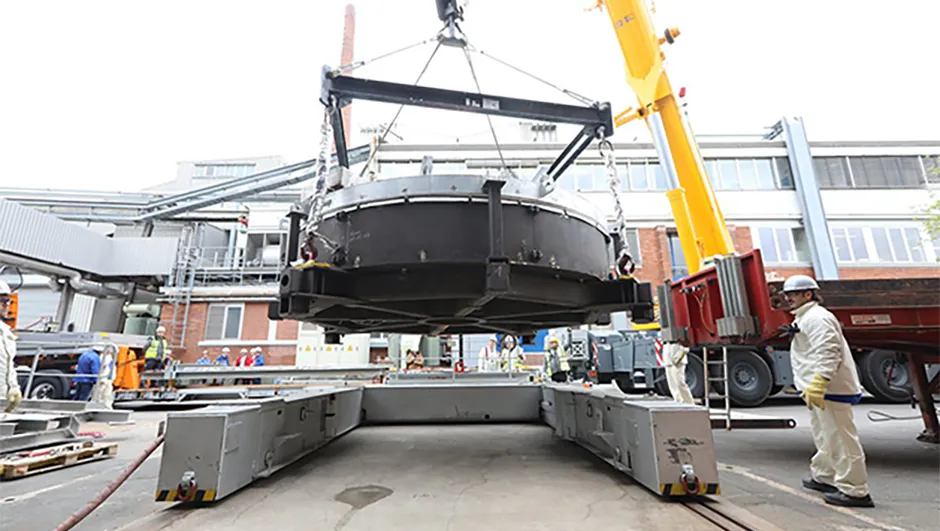The casting of the secondary mirror for ESO’s upcoming Extremely Large Telescope (ELT) has been completed, at 4.2 metres in diameter the largest secondary mirror ever to be used on a telescope.
The 3.5 tonne mirror will now be ground and polished before it is installed in the ELT, which will be the largest telescope of its kind ever built and is expected to achieve first light in 2024.

The mirror was cast by glass manufacturers Schott AG, who also produced the 8.2 metre main mirrors for the Very Large Telescope (VLT) at ESO’s Paranal Observatory.
It will now receive heat treatment and will be ground and polished during the coming year, before being installed upside down above the telescope’s primary mirror, which is 39 metres in diameter.
When completed, the ELT will collect about 15 times more light than present facilities of its kind, enabling astronomers to see farther into space than ever before.

Its main objectives will be to search for Earth-like exoplanets, to measure the properties of the first stars and galaxies to form in the Universe and also to explore the nature of dark matter and dark energy.
The ELT will be situated at Cerro Armazones, a peak in the Chilean Atacama Desert, where ESO’s Atacama Large Millimeter/submillimeter Array is found.
The site is about 20km away from Cerro Paranal, home of the VLT.

